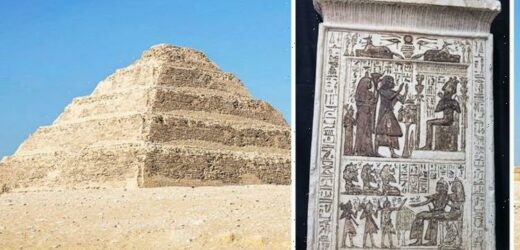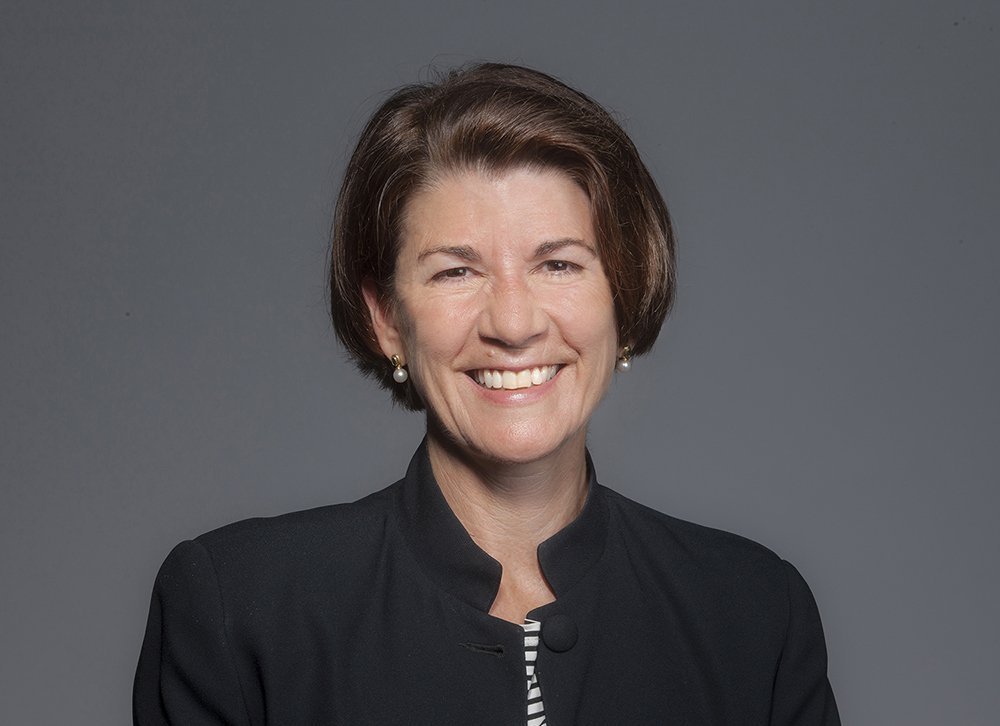Egypt: Archaeologists in Saqqara uncover coffin
We use your sign-up to provide content in ways you’ve consented to and to improve our understanding of you. This may include adverts from us and 3rd parties based on our understanding. You can unsubscribe at any time. More info
Egypt has, over the years, offered some of the most prized and promising archaeological treasures. Excavations in the North African country began in the mid 1880s, as William Matthew Flinders Petrie, the English Egyptologist often referred to as the “father of Egyptian archaeology”, began his work. Archaeologists and researchers have since flocked to the country, digging and analysing every square inch of areas believed to hold secrets about the past.
It might be hard to believe that in over 100 years of excavations and plundering there was still anything left to discover in Egypt.
Yet, countless ancient artefacts continue to be found every year.
One mass haul of a previously undiscovered tomb was explored during the Smithsonian Channel’s documentary, ‘Tomb Hunters’.
Here, they accompanied archaeologists in Saqqara, where a stash of statues and other relics turned up in 2020.


Many “precious treasures” were found that proved that those buried in the tomb were “a cut above the average” person of the time — many of the items believed to be up to 2,500 years old.
One statue, a talisman believed to protect the spirits of the dead, had a perfectly preserved gilded face.
The statues would have been buried alongside the dead as keepsakes and symbols of good luck in their journey to the afterlife.
The narrator noted: “These expensive treasures reveal how the way rich Egyptians buried their dead started to change during the late period — it became more commercialised.”
Ancient Egyptians were extremely anxious about crossing over into the next life, studiously reading the Book of the Dead for tips and advice and doing anything they could for their recently deceased relatives.
JUST IN: AstraZeneca secures huge deal with UK start-up to produce new vaccine

Dr Mohammad Youssef, site director of the excavation, said: “The operation of mummification and the burial, it is a religious thing number one, but also a business thing number two.
“So many people dealt with this operation.
“The carpenters, the people in the market, the people who make the statues, the priests, the guards, the people who take care of the mummification operation itself.
“All of this is a business.”
DON’T MISS
Maya breakthrough after discovery of ‘death mask’ inside temple [REPORT]
Elon Musk ‘interested’ in UK Tesla factory after snubbing Russia [INSIGHT]
EU considers investing in UK’s Galileo replacement [ANALYSIS]


The team involved with excavating the burial chamber went deeper into the tomb in the hope of finding more.
They quickly found coffins piled on top of coffins, nestled into every available space underground.
The narrator said: “What started with one coffin has become a mega-tomb with over 100 coffins.”
Katharina Stövesand, an Egyptologist, said: “Burying all these people required a massive operation.

“These coffins show how Saqqara was home to a huge industry of death where the dead were the customers.”
“Saqqara had a huge funerary industry and was really a money-making endeavour.
“We know that they had personnel to sell space in a tomb or tombs.

“We know that they were selling mummification, we know that there were priests involved during the rituals — all of this costs a lot of money.”
The mega tomb was quickly established as the largest concentration of coffins ever unearthed in Egypt, three times bigger than anything previously found.
Source: Read Full Article


